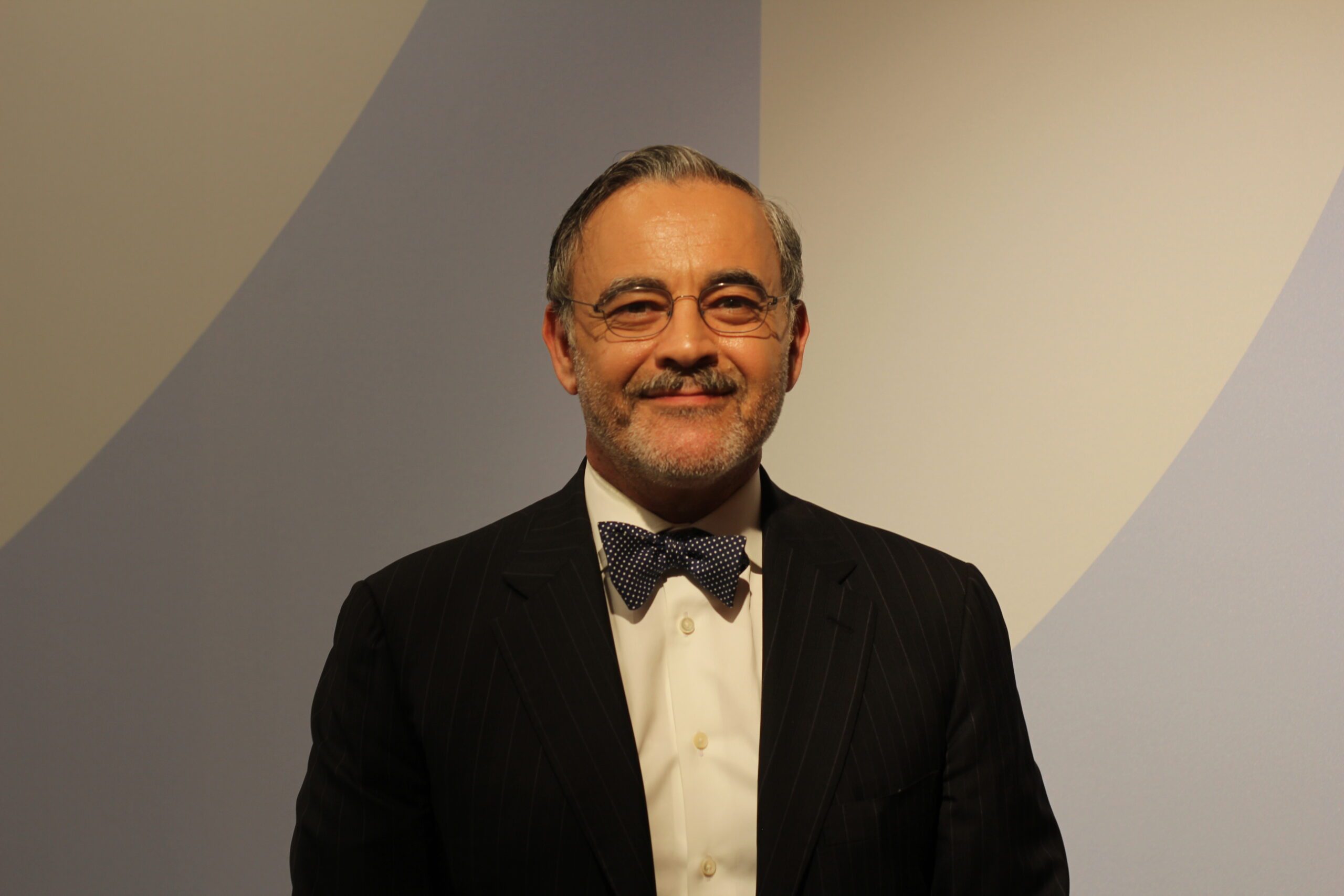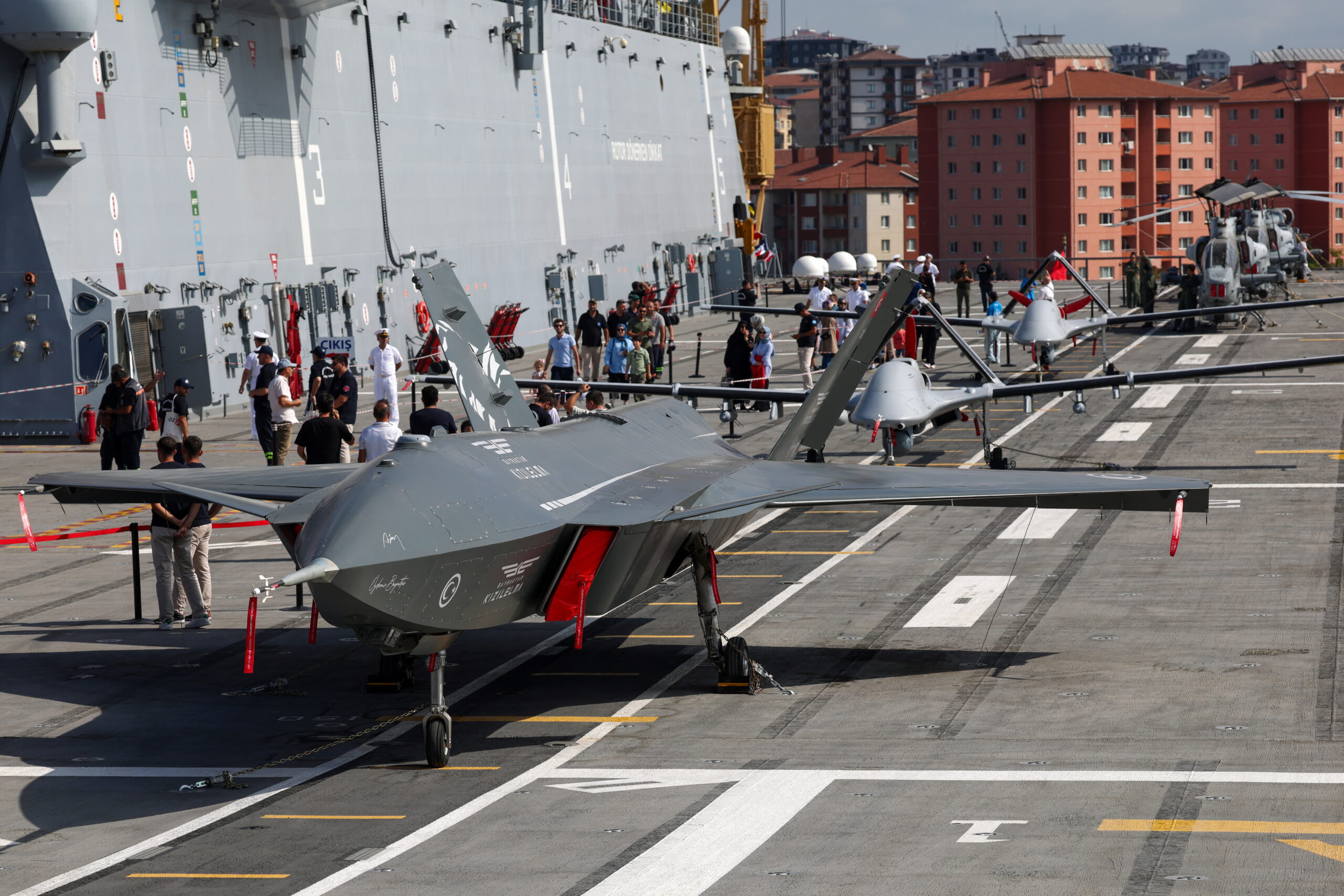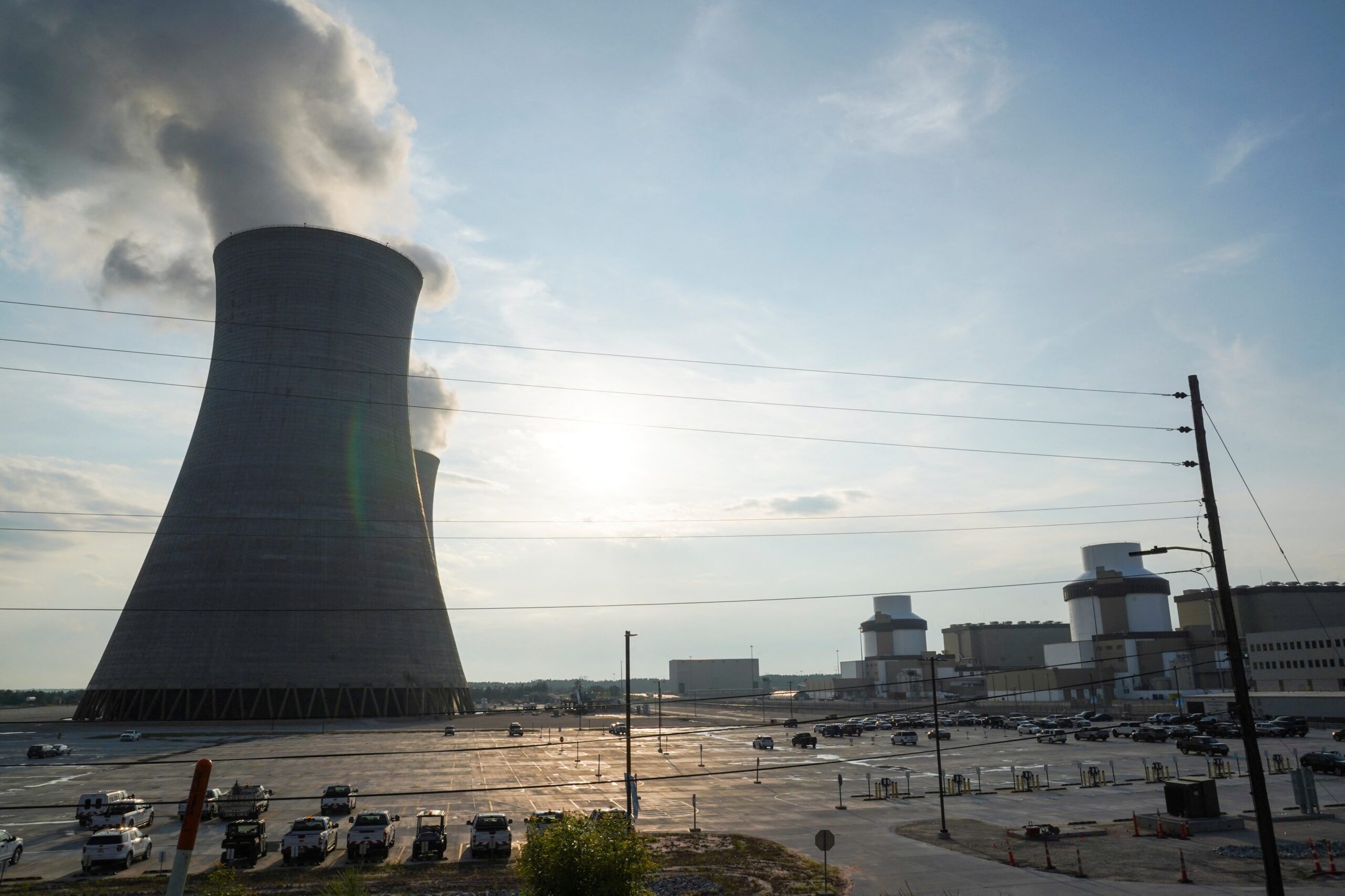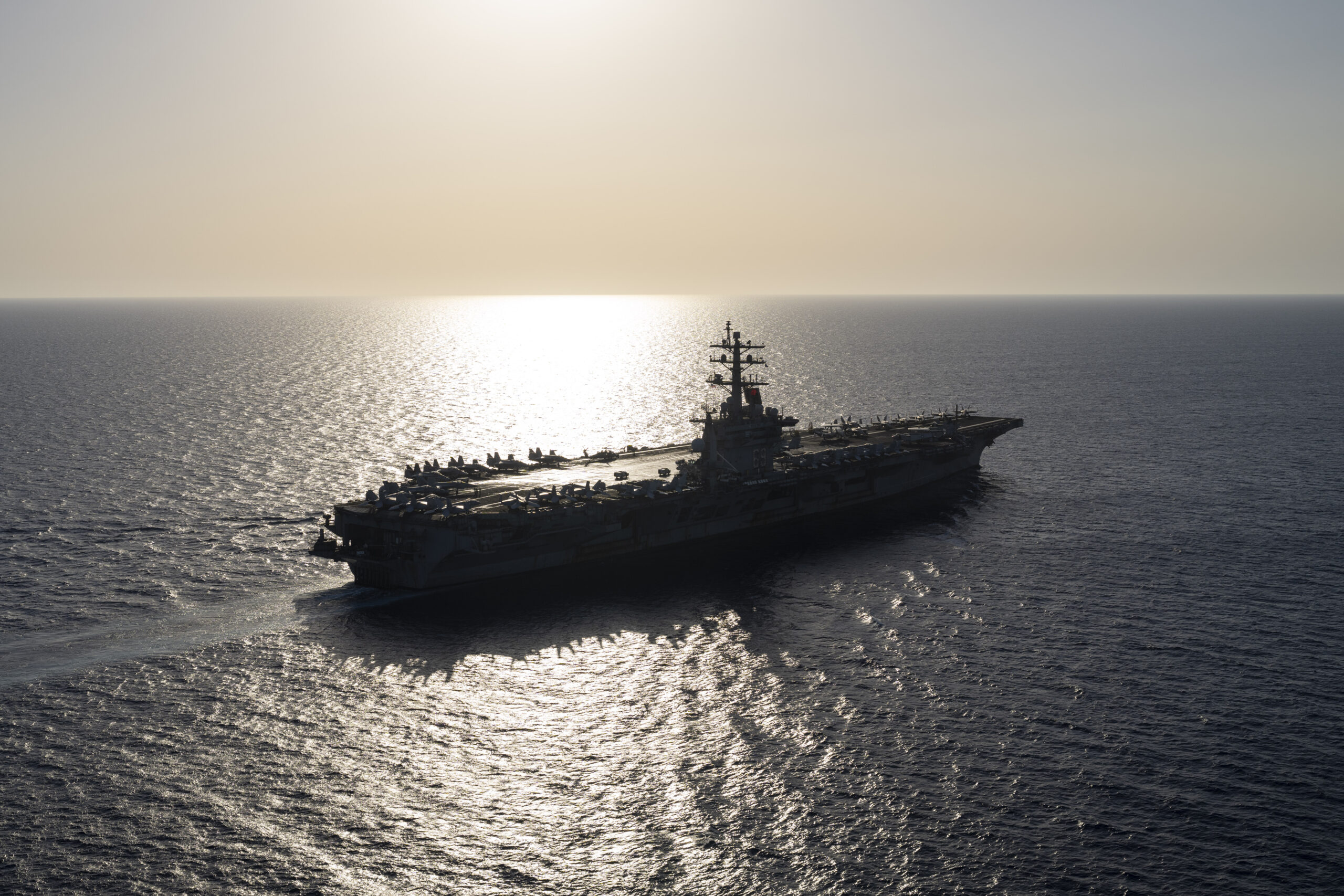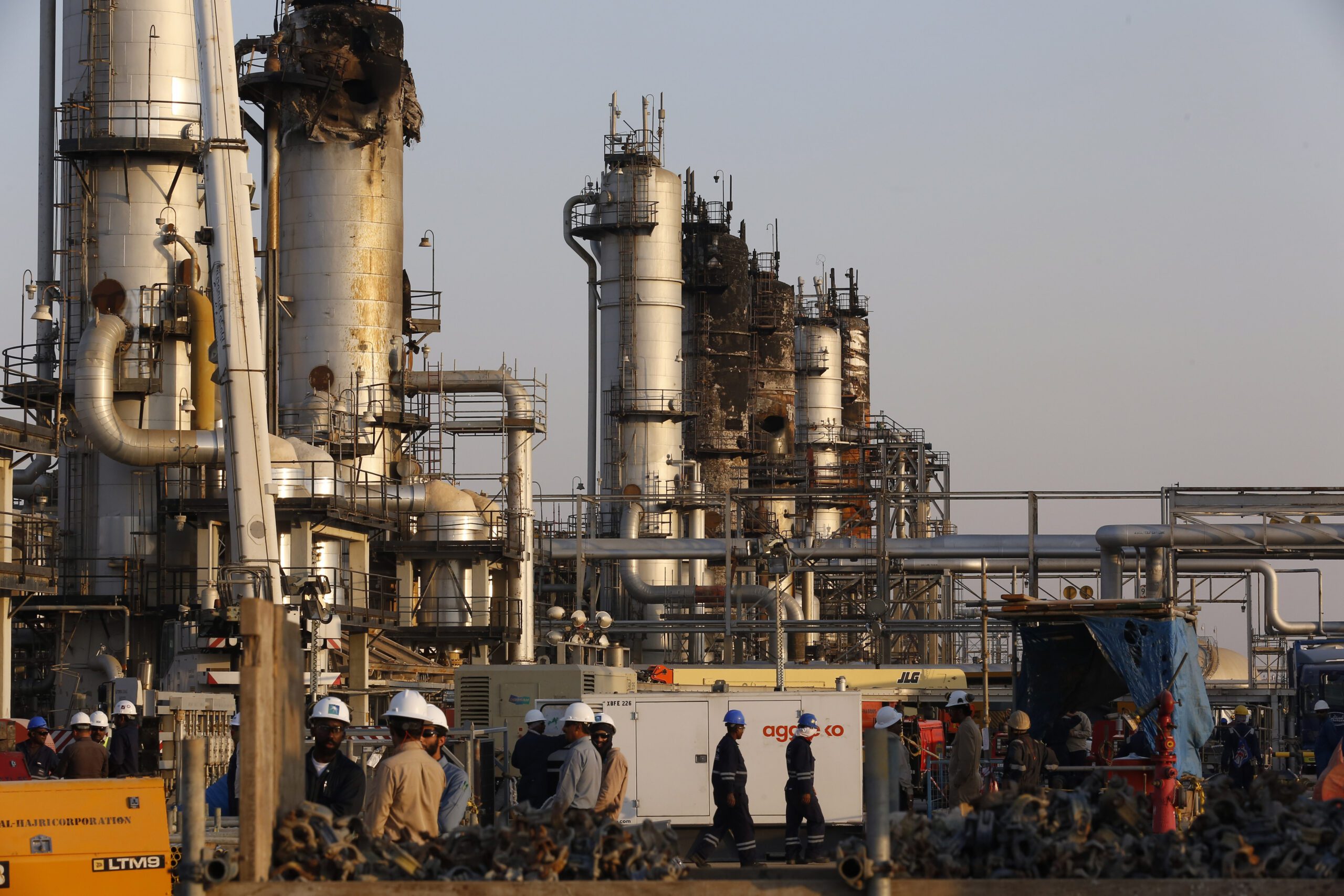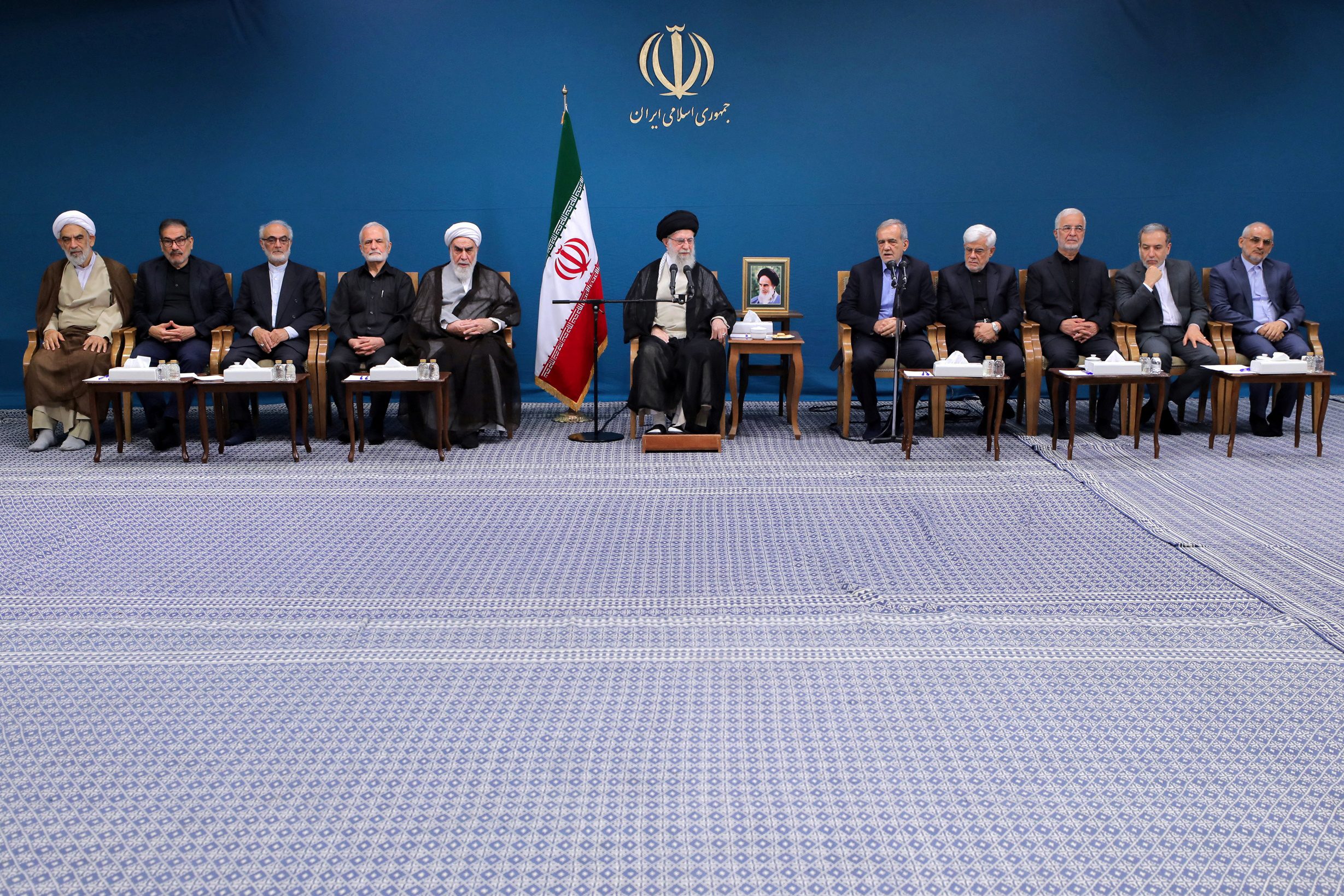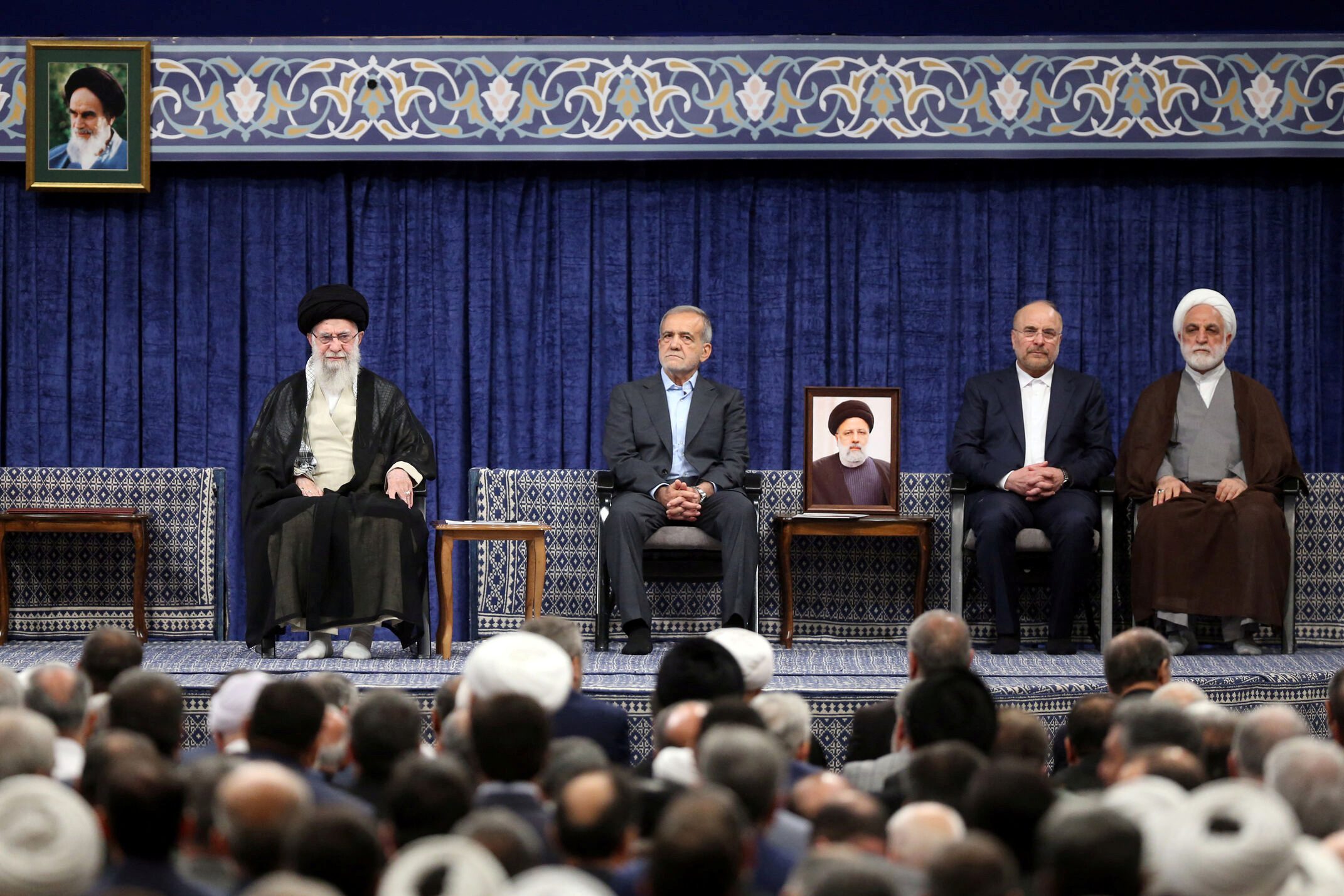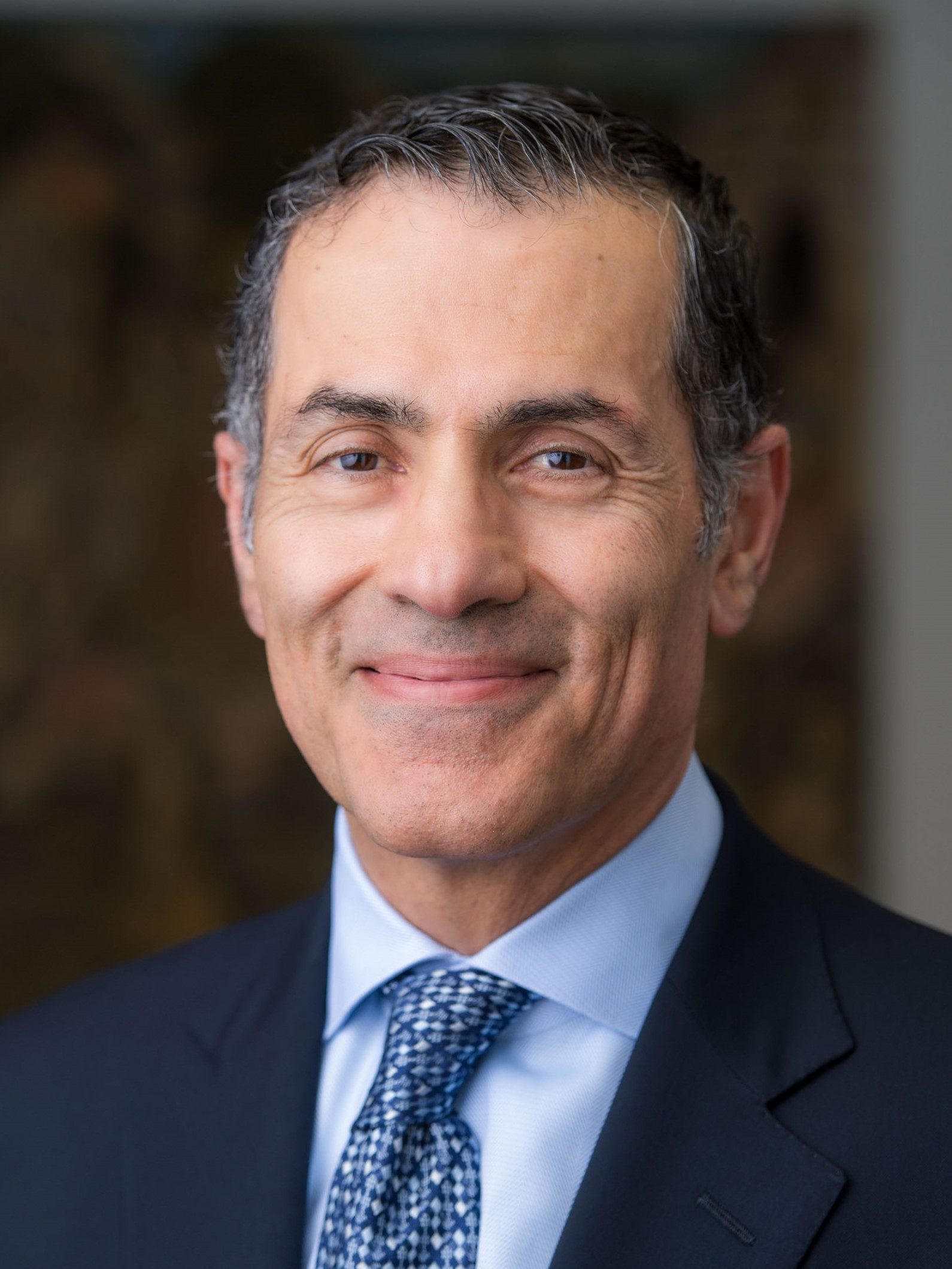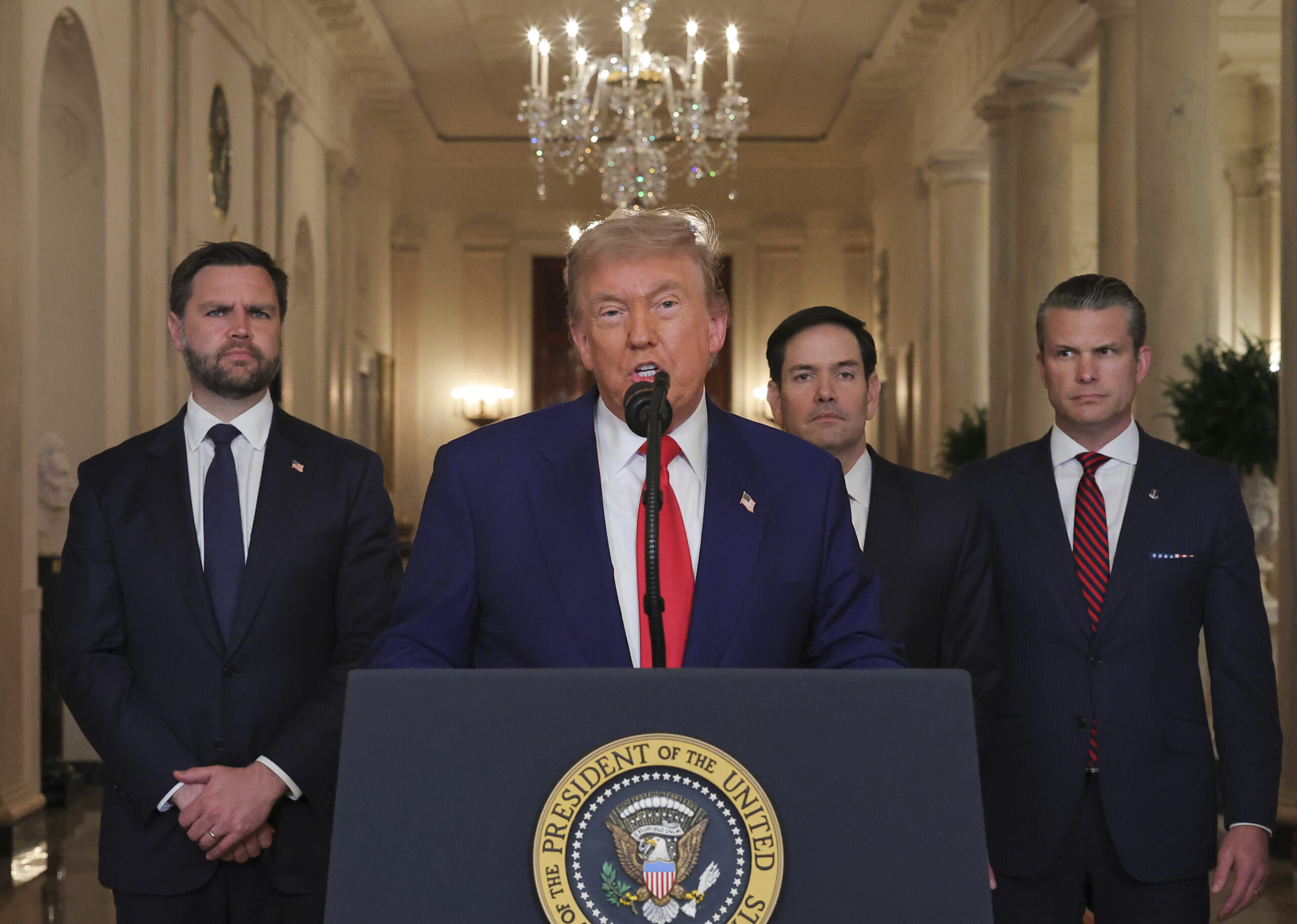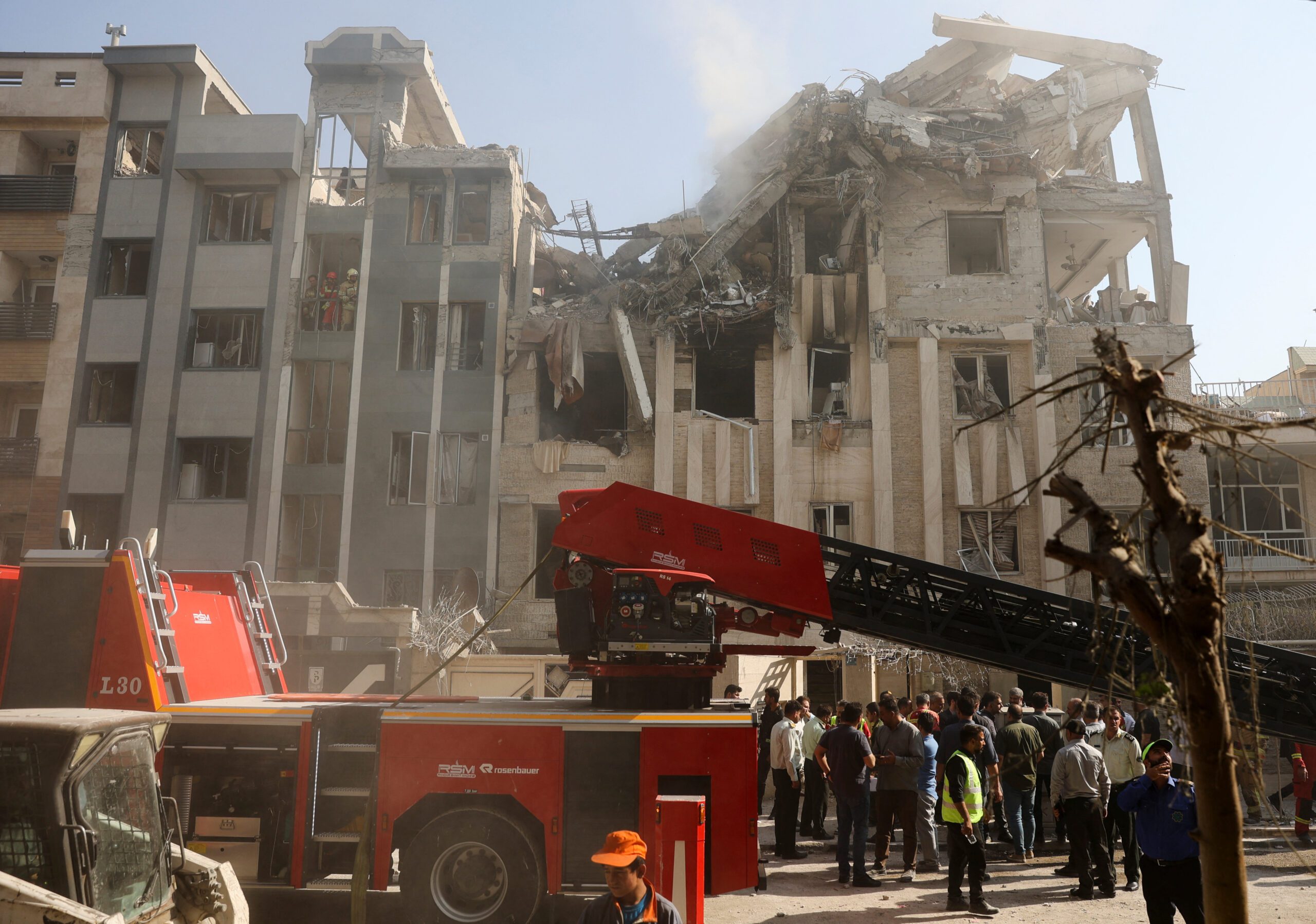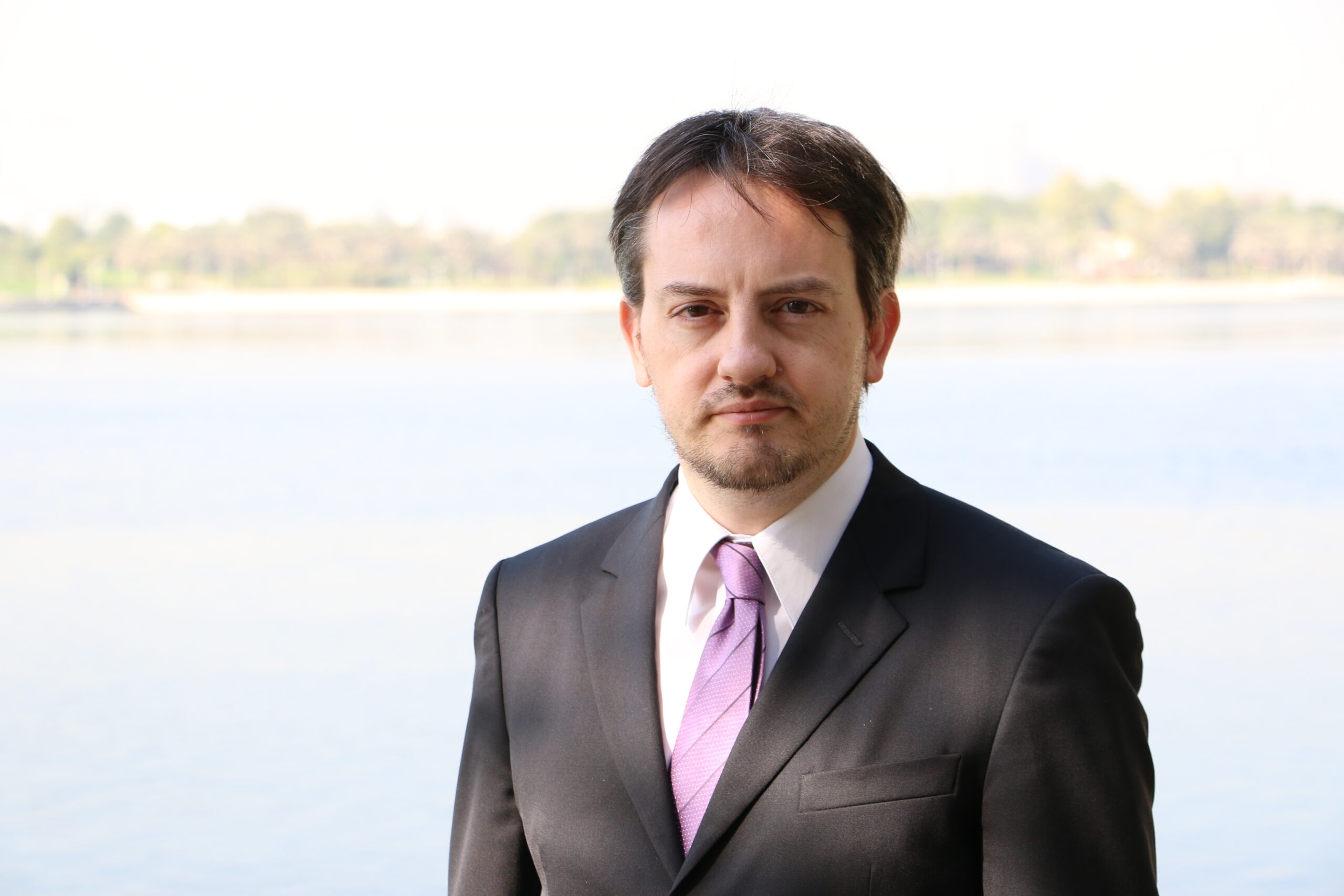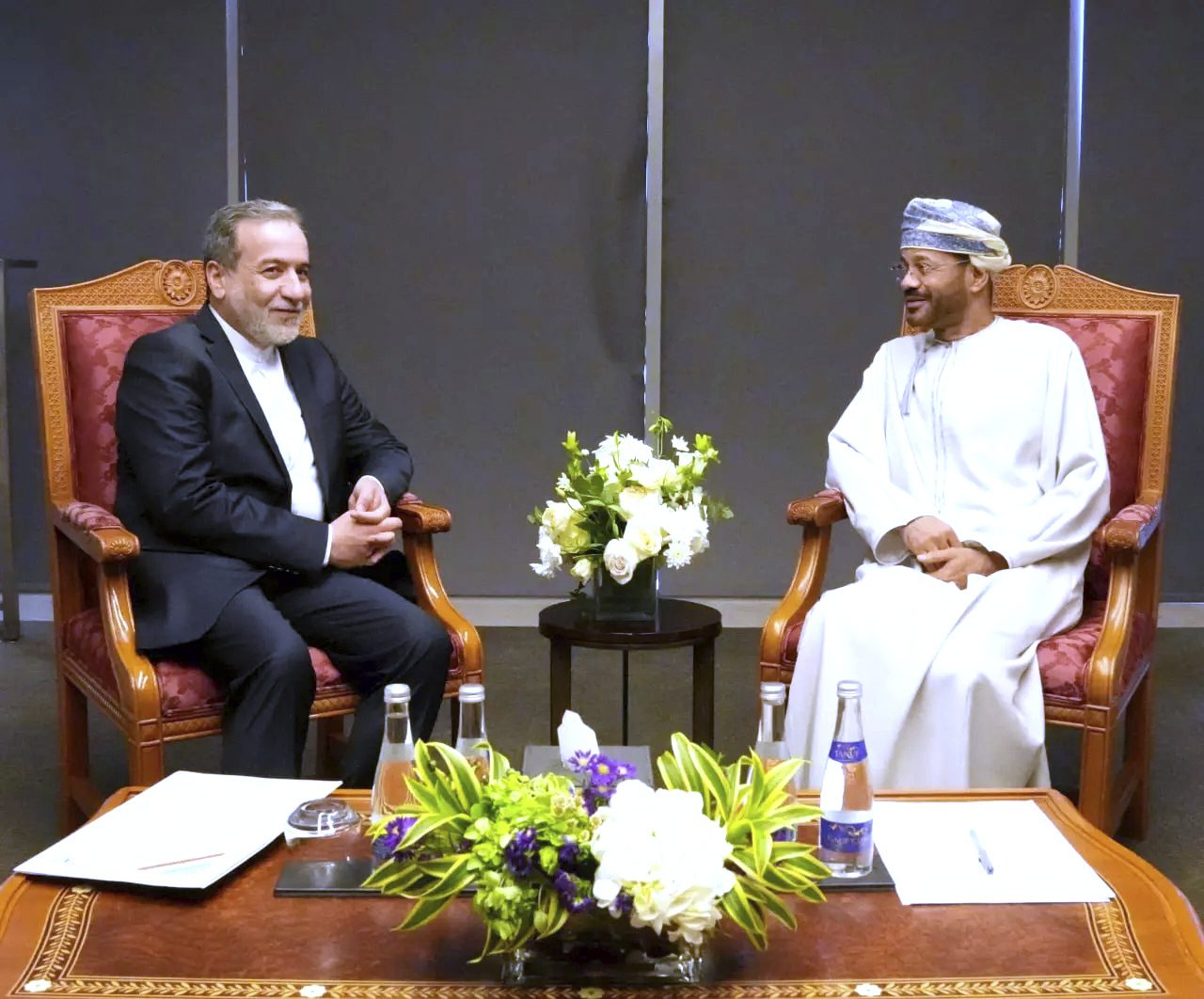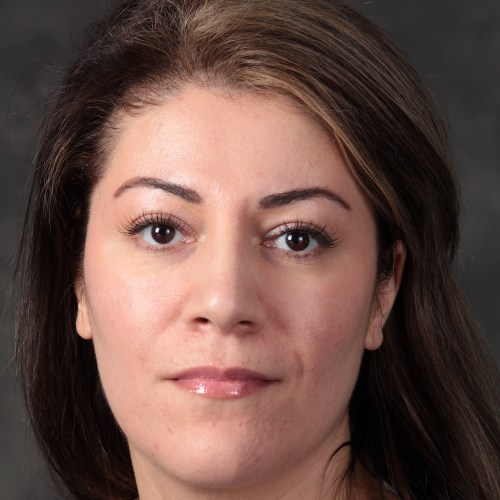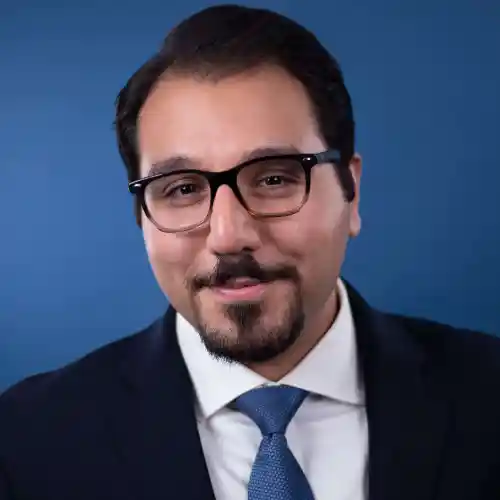Using Syria as a Training Ground: The Case of the Pakistani Zeinabiyoun Brigade
This piece is part of a series about Iranian-backed Shia foreign fighters in Syria and their potential impact on regional security dynamics. The rapid advances of the Syrian army in Deraa province in recent weeks, coupled with unclear prospects for U.S. military support to the opposition, appear to have sealed the fate of the rebel factions...

This piece is part of a series about Iranian-backed Shia foreign fighters in Syria and their potential impact on regional security dynamics.
The rapid advances of the Syrian army in Deraa province in recent weeks, coupled with unclear prospects for U.S. military support to the opposition, appear to have sealed the fate of the rebel factions in southwest Syria. The opposition, however, continues to impose heavy losses on the Syrian government forces and their allies: According to the London-based Syrian Observatory for Human Rights, the regime forces and their allies suffered 117 fatalities between June 30 and July 1. This would be a considerable loss, had the Syrian army shouldered it alone. However, thanks to the Assad regime’s burden sharing arrangement with foreign Shia fighters, such losses are tolerable.
One of the latest foreign Shia fighters to take a bullet for President Bashar al-Assad was Zaki Mohammad Abbas, a Pakistani national serving in the Islamic Revolutionary Guard Corps’ Zeinabiyoun Brigade, which is composed of Shia Pakistani nationals. He was buried in the holy city of Qom, in Iran, July 2. Not much is known about him: His name may be a nom de guerre, and his place and year of birth, occupation, and location and circumstances of death in Syria remain shrouded in mystery.
In this regard, he resembles most Shia Pakistani nationals killed in combat in Syria. The Zeinabiyoun Brigade remains one of the least known and most understudied foreign Shia militias operating in Syria. This may in part be due to the militia’s small size and limited contribution to the war. Iranian authorities also seem particularly keen to protect it against the prying eyes of Pakistani Inter-Services Intelligence.
However, a systematic survey of the information available about the unit in Persian language open source materials provides important insights into the early history and composition of the militia and helps explain Tehran’s strategic objectives for establishing it. And it may be that the principal objective in doing so has less to do with the brigade’s ability to make a decisive contribution in Syria and more to do with providing its fighters combat experience they can draw on in other regional conflicts, especially in Central and West Asia.
According to a survey of funeral services held in Iran, Iraq, and Lebanon for Shia foreign fighters killed in combat in Syria, 157 Pakistani nationals have died. In Iraq, only three Shia Pakistani nationals were killed in combat. In total numbers, Shia Pakistanis have not suffered large losses, which may indicate the small size of the force. In comparison, at least 895 Shia Afghan nationals, 558 Shia and Sunni Iranian nationals, 116 Shia Iraqi nationals (although this number may be considerably higher), and 1,232 Shia Lebanese nationals, have been killed in combat in Syria.
Shia Foreign Fighters Killed in Combat in Syria January 2012 – July 2018
Among the 157 Pakistanis, the native cities of eight are known: Seven were natives of Parachinar and one was from Punjab province. Among seven whose educational background is known, five were graduates of Al-Mustafa International University in Qom, where they studied theology.
But why would Shia Pakistani nationals want to volunteer for a war so far from home in the first place? How was the Zeinabiyoun Brigade formed and what was the IRGC’s strategic objective in establishing it?
The chief commander of the Zeinabiyoun, whose identity is uncertain but who appears to be Seyyed Abbas Mousavi, in a June 23, 2016 interview with Panjereh weekly, claimed the perceived threat to Shia sites of pilgrimage in Syria was the primary mobilizing factor. Shia Pakistanis wanted to “rush to the defense of the shrine of Sayyidah Zeinab” and participate in “the apocalyptic battle against the takfiris” Mousavi claimed. This, he said, could only be done with the Islamic Republic’s assistance, since “Iran is the main center and command headquarters of this war.” Mousavi further claimed Shia Pakistanis wrote a letter to Supreme Leader Ayatollah Ali Khamenei asking for his permission to fight in Syria, to which Khamenei orally responded: “Whoever is capable of performing duty, should do it to the best of his ability.”
After Khamenei’s response, the Islamic Republic allegedly facilitated the transfer of 50 Shia Pakistani nationals to Syria. However, Iranian authorities prohibited Mousavi from recruiting Shia Pakistanis who resided in Pakistan, which forced him and his network to recruit among Shia Pakistani foreign workers living in the United Arab Emirates, some of whom were deported in the wake of the Arab Spring uprisings.
Somewhat contradictory, in the same interview, Mousavi disclosed he and his fellow Shia Pakistani comrades in arms were “in contact with the Quds Force [of the IRGC] for almost 15 years.” This would put the beginning of the relationship around the time of the 2001 U.S.-led invasion of Afghanistan and the collapse of the Taliban rule – a long time before the war in Syria and alleged “takfiri” threat against Shia sites of pilgrimage in Syria.
Panjerehalso featured a separate interview with Jahad, who is presented as a Zeinabiyoun commander. A native of Parachinar, Jahad was politically influenced by his father, who was a follower of Arif Hussain Hussaini, Grand Ayatollah Ruhollah Khomeini’s student in the Iraqi city of Najaf in the 1970s and later representative in Pakistan (he was assassinated in 1988). In 2007, Jahad was shot and wounded in clashes with “Wahhabis” in Parachinar. In 2012, he migrated to Abu Dhabi, where he worked as a driver, but moved to Mashhad, in Razavi Khorasan province in Iran, in 2015, to join the “nascent” Zeinabiyoun Brigade. This claim may well be correct: The Zeinabiyoun Brigade was first mentioned in the Iranian media at the funeral service of Hossein Javid, the first “martyr” of the unit, who was killed in combat in Iraq, in June 2014.
As for the motives of Jahad and his comrades in arms, Mozaffar Ali Kermani, another Zeinabiyoun commander, indirectly admitted in an interview in the same issue of Panjereh that the main motivation of the Shia Pakistanis to volunteer for the war in Syria was to fight “takfirisfrom Waziristan,” i.e., ethnic Pashtun, who have joined the anti-Assad forces there.
Mousavi’s comments in Panjereh indicate that the IRGC’s systematic recruitment of Shia Pakistani nationals had initially nothing to do with the war in Syria but was a response to the Taliban threat and the ensuing U.S.-led invasion of Afghanistan.
The IRGC successfully capitalized on deep-rooted organic relations between the Shia clergy in Pakistan and Pakistani Shias, to recruit Shia Pakistani nationals. Ill treatment of the Shia Pakistanis in Parachinar by the “takfiris” and a revenge motive probably aided the IRGC’s recruitment effort. However, perhaps fearing infiltration by Pakistani intelligence, the IRGC preferred to recruit among Shia Pakistani foreign workers based in the UAE, instead of recruiting them directly from Pakistan.
Based on Mousavi’s assertions, it took the IRGC’s Quds Force almost 14 years to recruit enough Shia Pakistani nationals so they could have a military unit of their own. And, according to Jahad, the Pakistanis have received military training near Mashhad.
There is some indication of the Zeinabiyoun Brigade being under direct IRGC command rather than operating as an independent unit: A survey of Iranian nationals killed in combat in Syria helped identify two officers of the extraterritorial operations Quds Force of the IRGC, who were seconded to the Zeinabiyoun Brigade: Mohammad Janati, also known as Haj Heydar, and Hamid-Reza Ziaei.
It is plausible that deployment of the Shia Pakistani Zeinabiyoun Brigade to Syria is aimed at providing them with combat experience that can be used elsewhere, rather than making a decisive contribution to the outcome of the war. The Zeinabiyoun Brigade’s significance, therefore, should be viewed in a larger regional context, perhaps as a potentially important factor in future conflicts in West and Central Asia.
The views represented herein are the author's or speaker's own and do not necessarily reflect the views of AGSI, its staff, or its board of directors.
